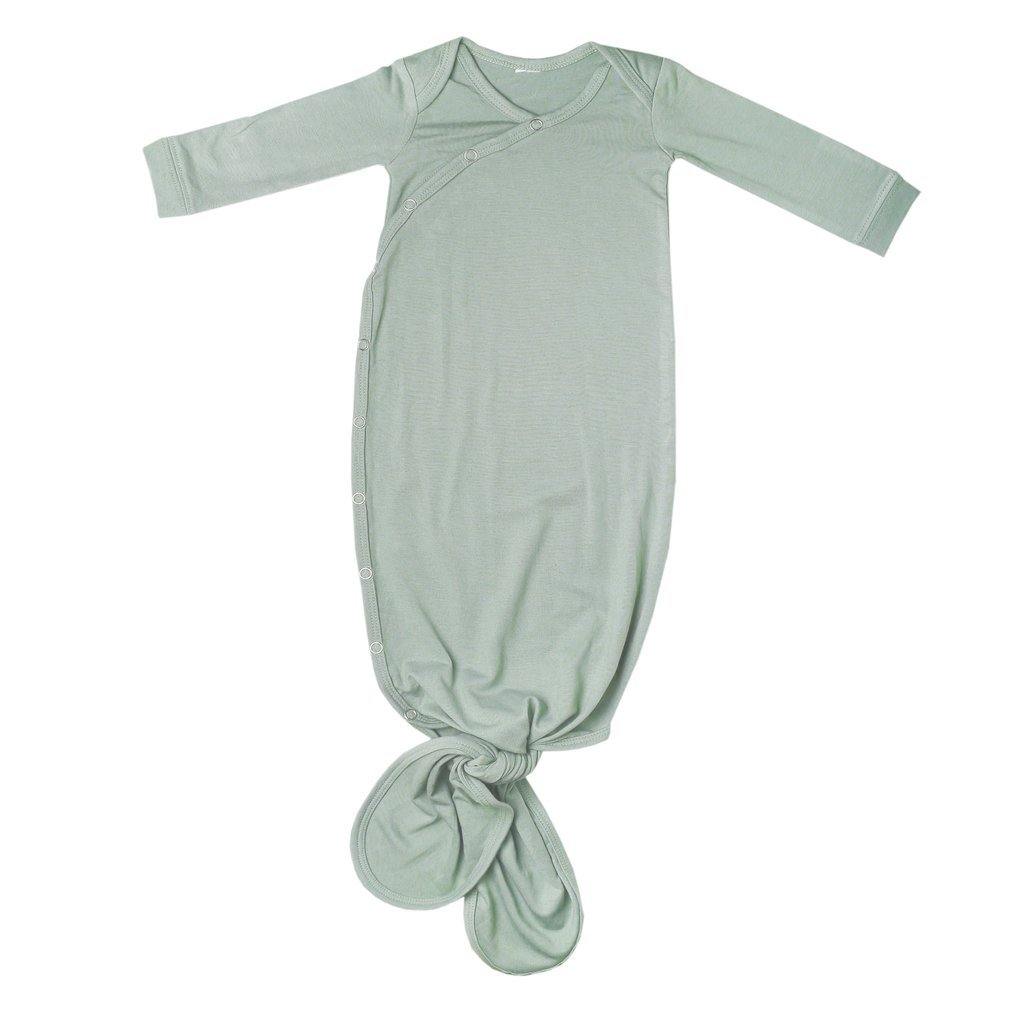Right now our country has come to head, pleading out for justice for our black community. It’s a long overdue call for equality, and has many of us finally realizing our own privilege within our society. If you are like me, it has raised many questions on how I will teach my children. How I will tackle all kinds of diversity, and raise my children to be loving, all-encompassing children that will continue the fight for justice.

I’ve been reading through many articles, books, and podcasts to help give me clarity on this matter, and have found so much goodness. It can seem awkward, out of our comfort zone or wheelhouse, but we have to get over it. Get over that feeling of being inadequate to teach these things, and just do it. Get informed, do the research, learn the terms and language, and start now. It’s okay if it feels uncomfortable, but it's time to grow some confidence and heighten our awareness.
With that being said, I feel very inadequate to be writing about this topic, but I have a desire to do better, so I’m starting here.
One of my favorite articles I found was written by Alden E Habacon, a Diversity & Inclusion Strategist, it's titled, "13 Tips on How to Talk to Children About Diversity and Difference.” The list, while obviously not exhaustive, was extremely helpful in giving me perspective and providing a place to start.
You can read the entire article here, but here are the top 5 points that I felt were most helpful for me and my goals of teaching diversity-
Intentionally look for teaching moments and material
On this point, he suggests we look toward all outlets to find teaching moments. In media, on advertisements, and in real life, and specifically notes that we should point out bad behavior. Similar to how we would point out someone who is not wearing a helmet to our kid, and to teach them the danger of it. It’s the same thing. Teaching our children what behavior is not tolerated.
The Baby Cubby has lots of books that can help provide opportunities for noticing diversity and teaching:
Accept that your child will say discriminatory things as they learn
When our children do say something that is inappropriate, don’t ignore it. But address it with them privately. It’s okay to apologize for their behavior, but when it comes to speaking about it with them, ask them questions like the following:
- "Let's talk about that for a minute ..."
- "What made you notice that?"
- "What made you say that"
Break down "them and us" by pointing out similarities.
Here he suggests that we break down barriers in cross-cultural dialogues by first pointing out commonality. By establishing empathy, children will then be able to talk about differences, culture or otherwise, in a non-judgemental way because they have found a sense of similarity.

When talking to children about disability, emphasize strengths.
Pretending you don’t notice disabilities in others, only disservices you and those who have disabilities. Don’t teach your child to ignore disabilities. Rather, take notice of their strengths. “Children will notice physical and intellectual disabilities in other children and adults. What they don't automatically do is judge them as a weakness or strength.”
Model inclusive behavior and language
Children learn so much, just through our interactions with them and others. It is crucial that we model the behaviors we wish to teach. It is ok to notice when we fall short, or even if our children first notice when we fall short. As long as we are willing to adjust and adapt as needed, our efforts will not be for nothing.
Us parents have tough jobs, raising the future generation is a lot of pressure. There seems to be many opinions of what should be the top priorities and that can overwhelm us easily. I would challenge each of us to review some of these points and try working on at least one, if not all of them, if you are feeling overwhelmed on this topic.
Social injustice and inequality is something that cannot stand in our country or community, and it starts in our homes and the conversations we have with our children. The future is bright if we continue to push and plead for it!
Here are some more resources for teaching your kids about diversity:
Start a conversation with kids about race
A guide by age for talking to kids about race
Research-based evidence in teaching kids not to be racist
Lessons from the playground in diversity
TEACHING YOUR KIDS ABOUT RACISM & BIAS // JASMINE BRADSHAW OF FIRST NAME BASIS PODCAST







